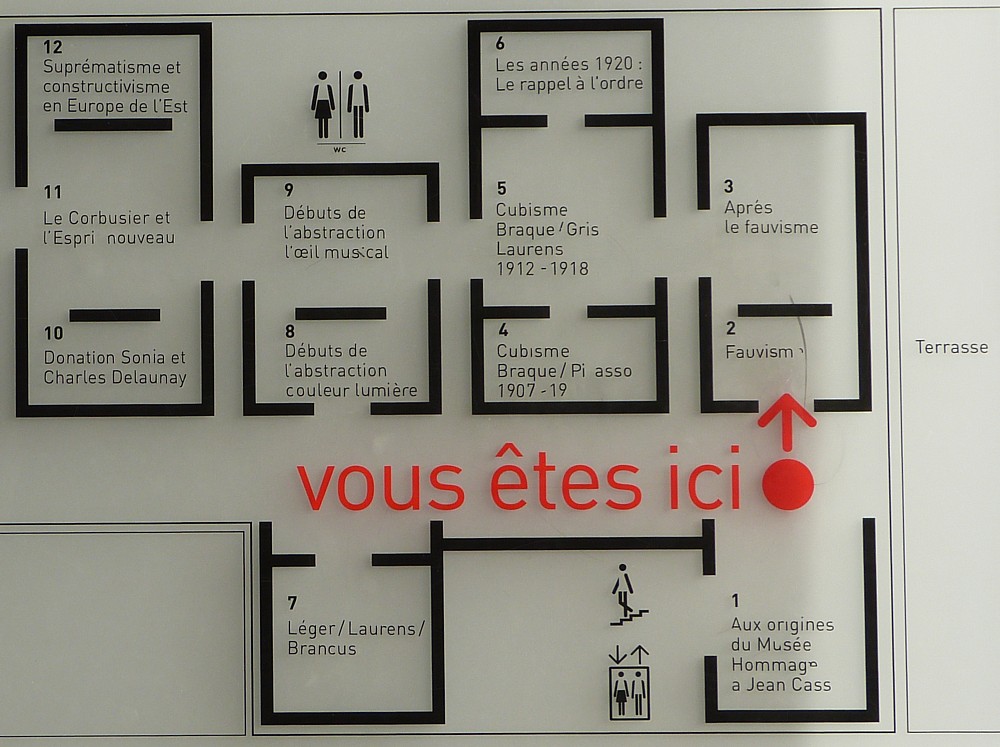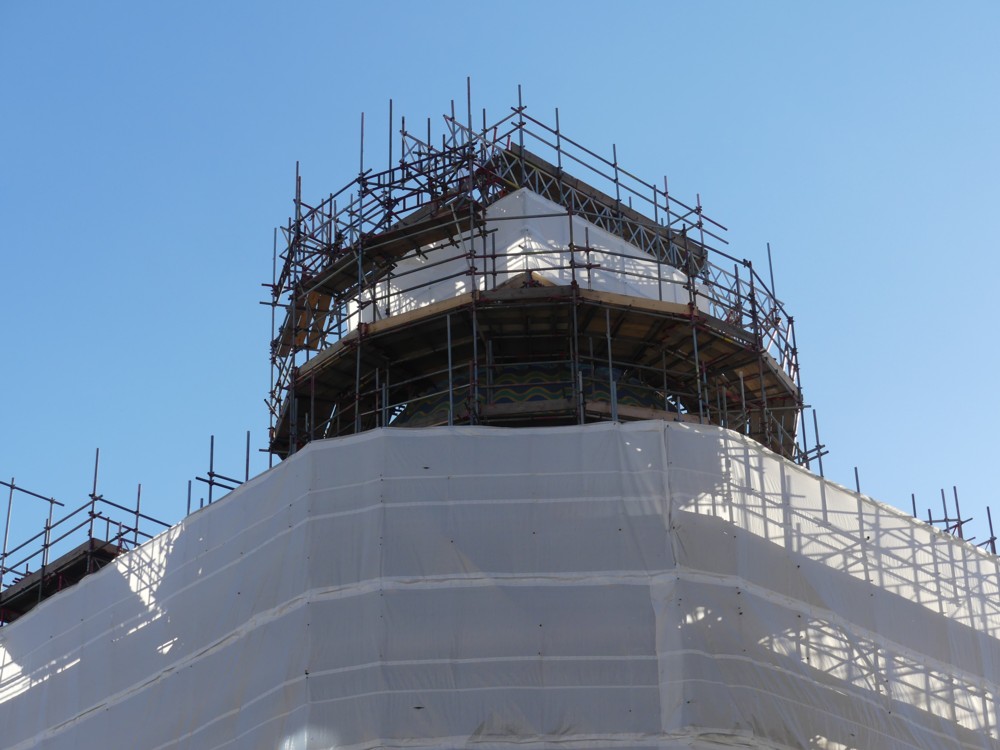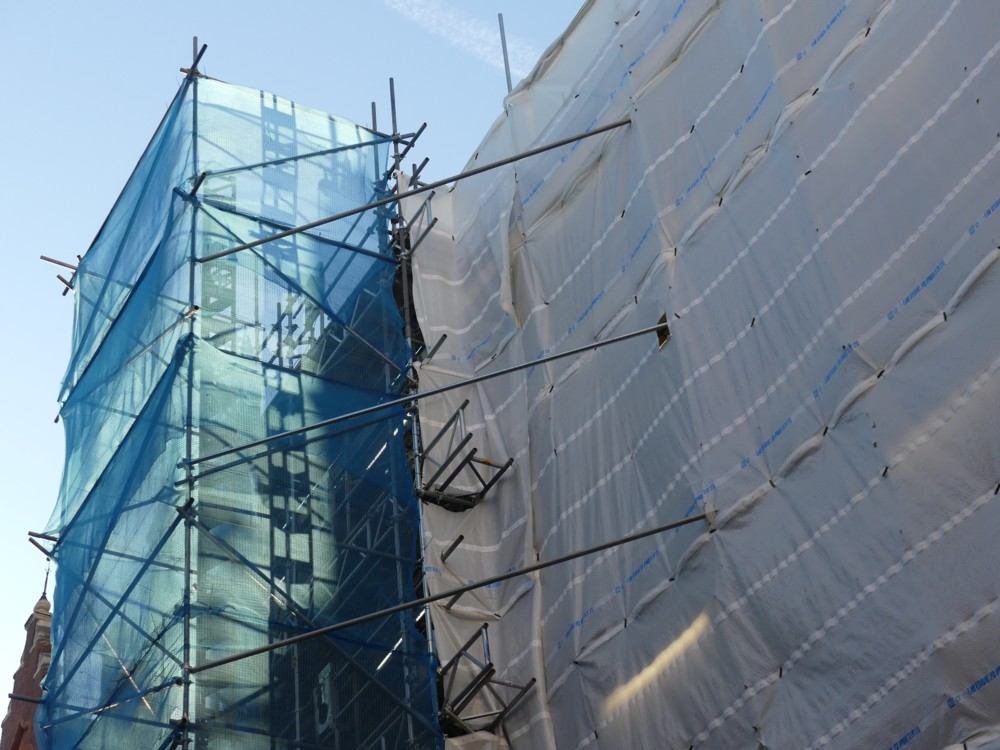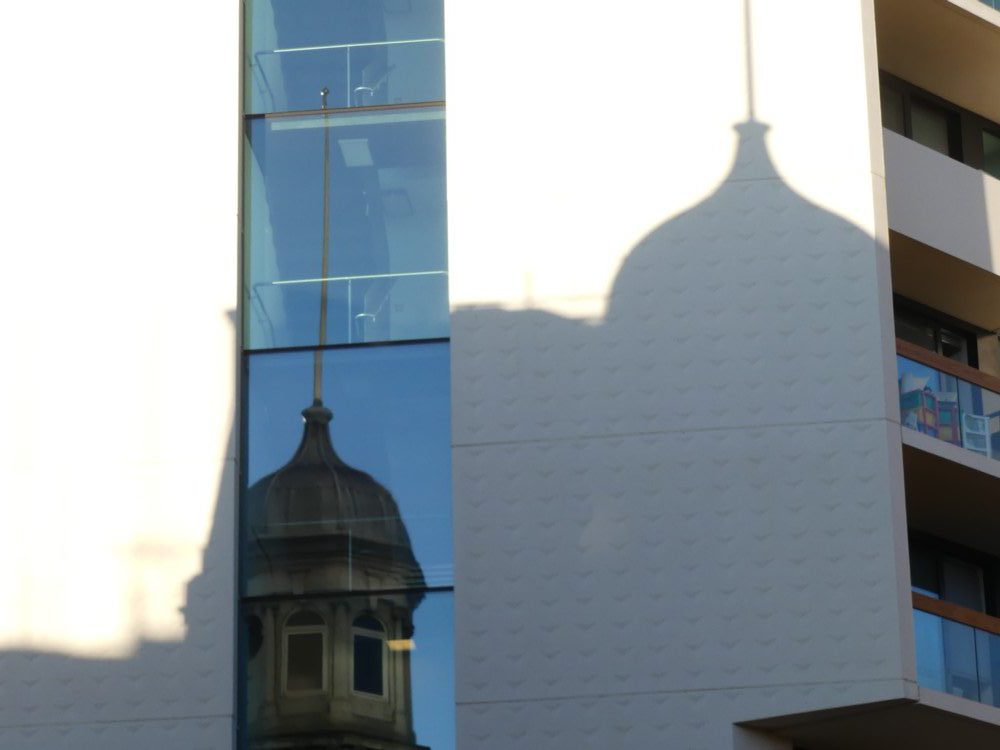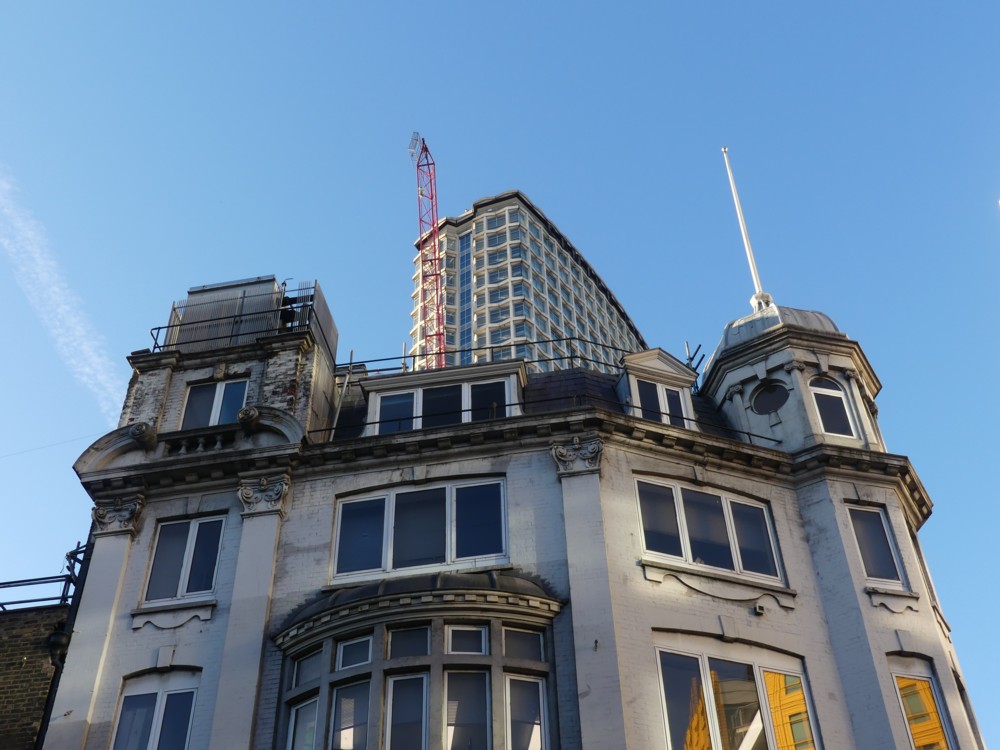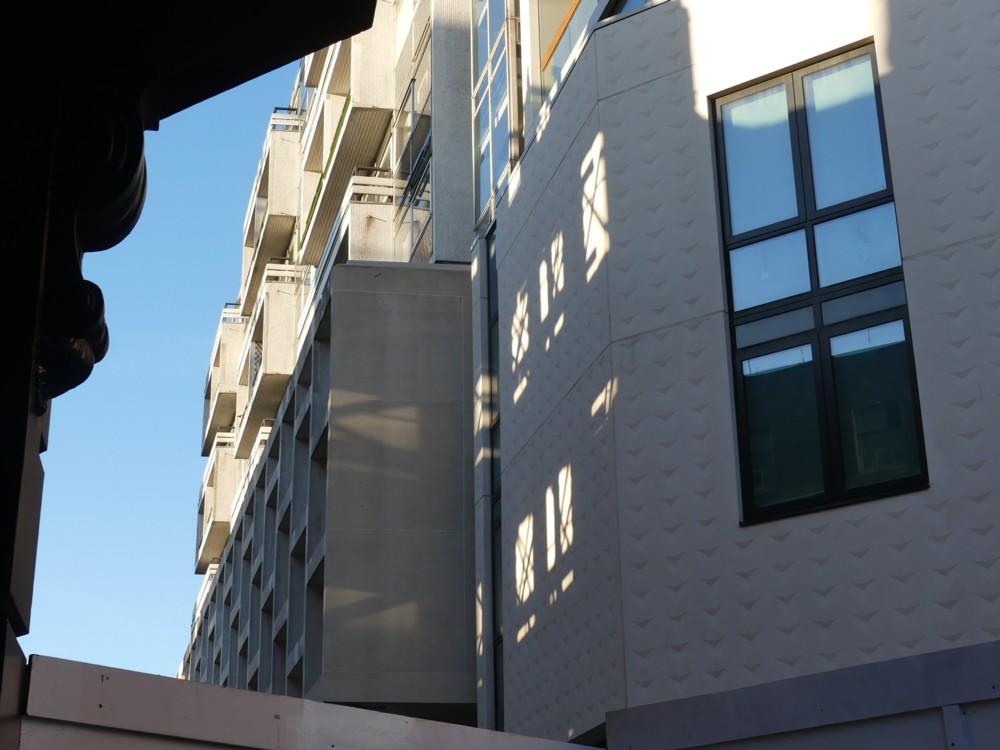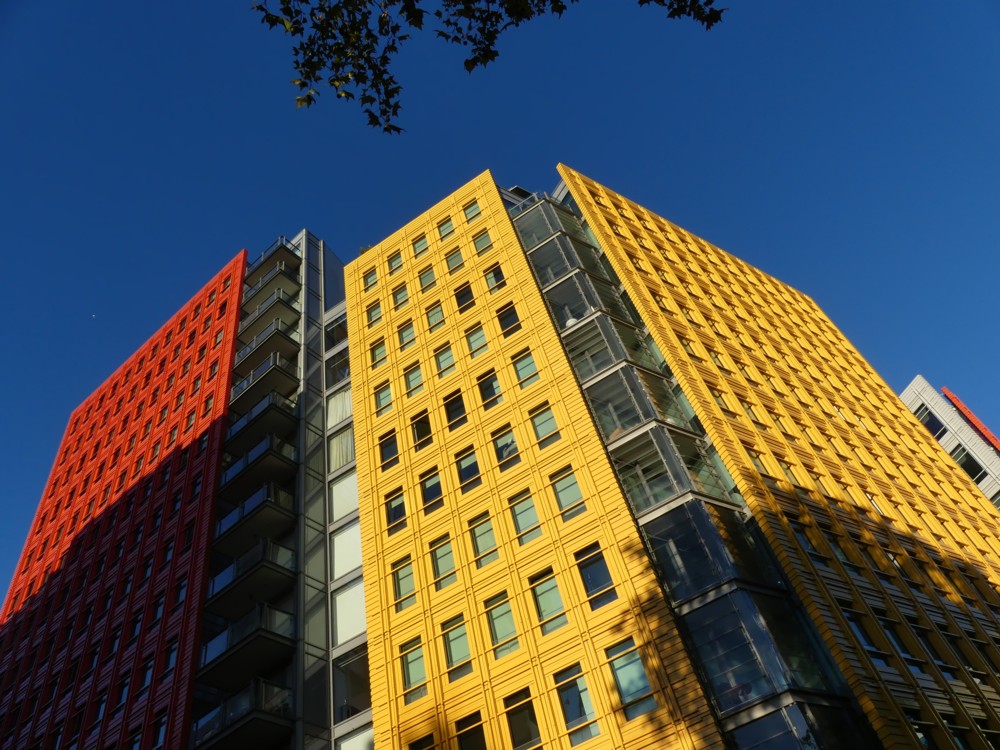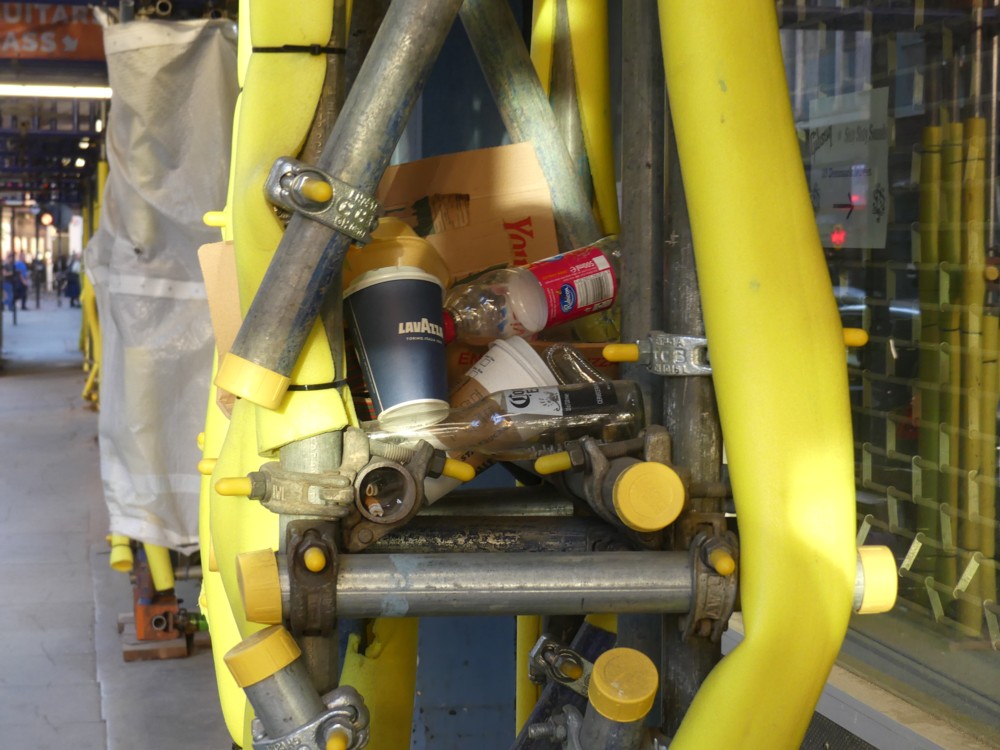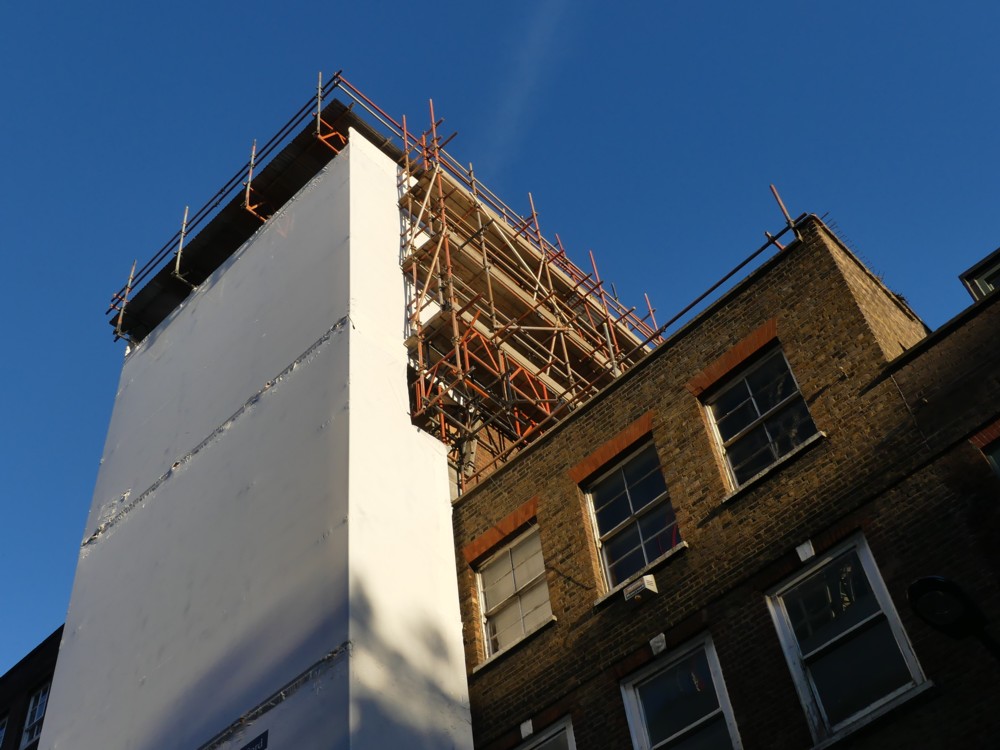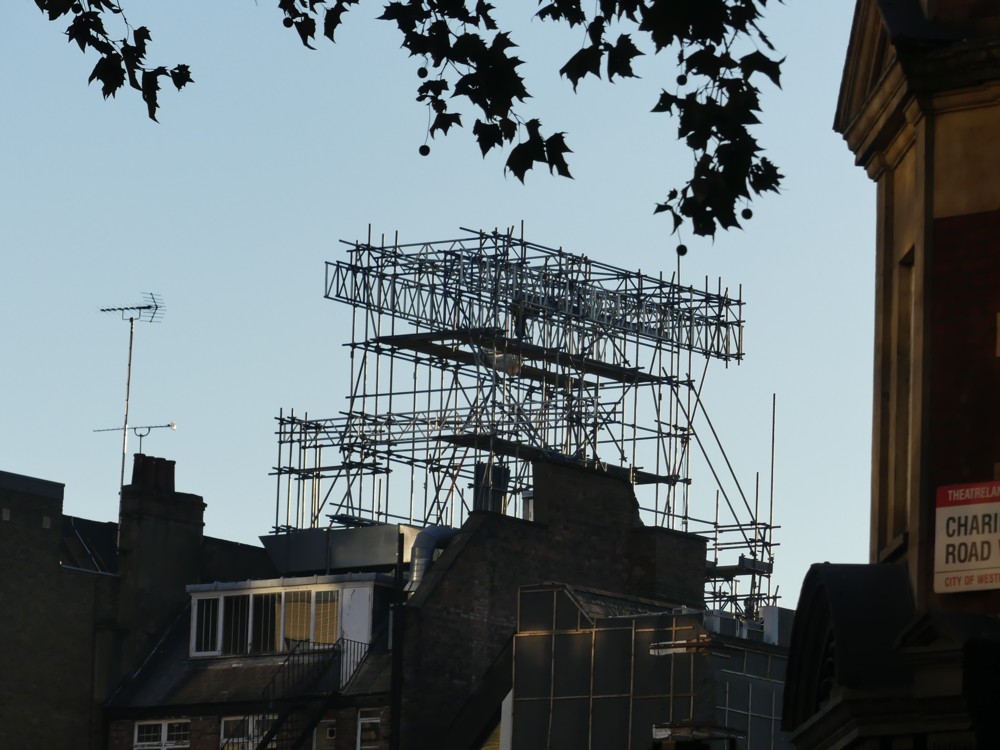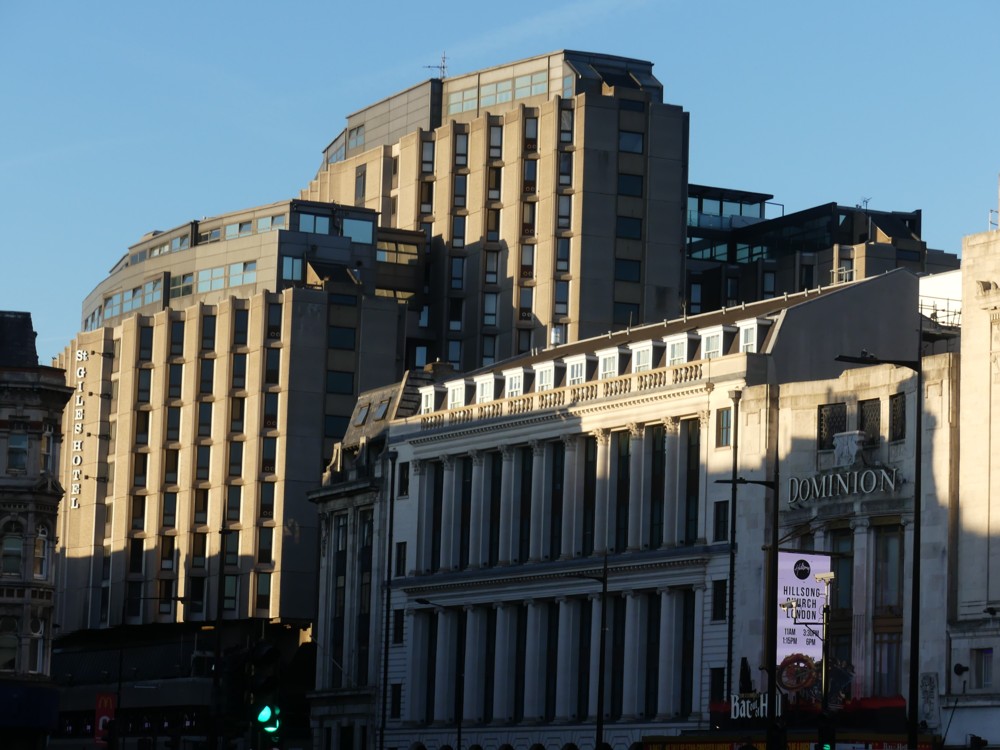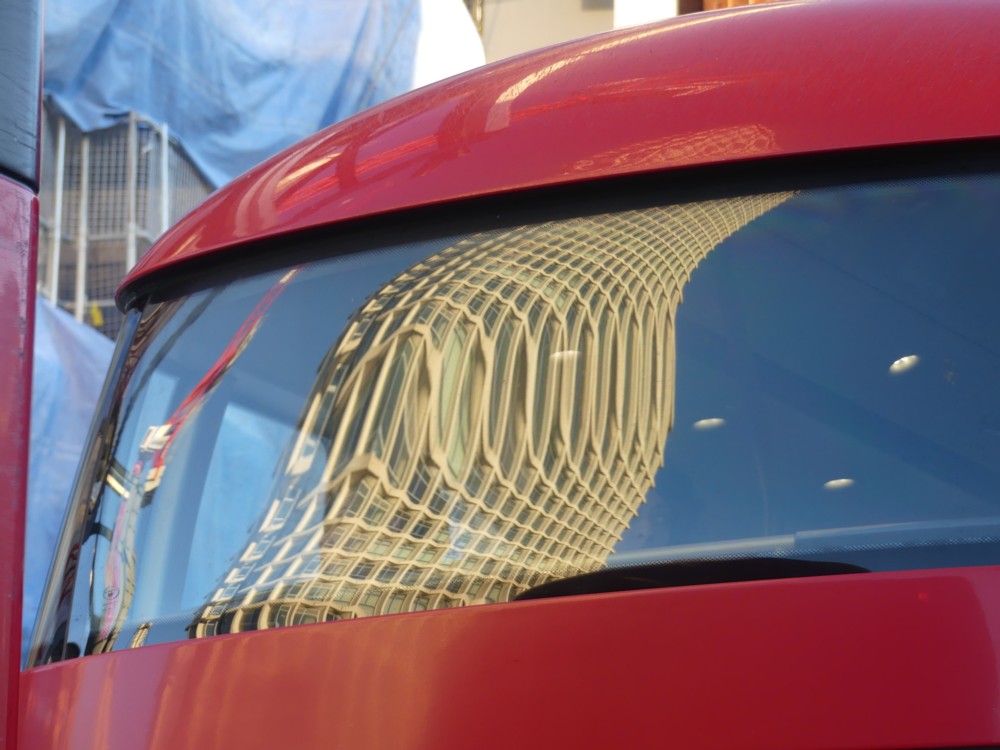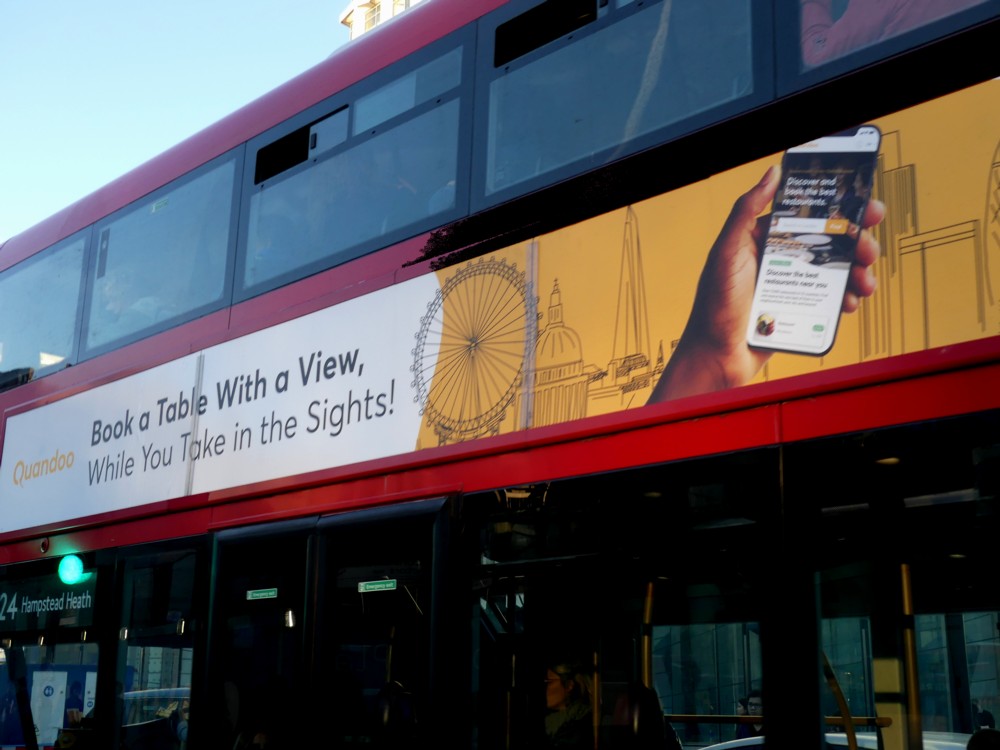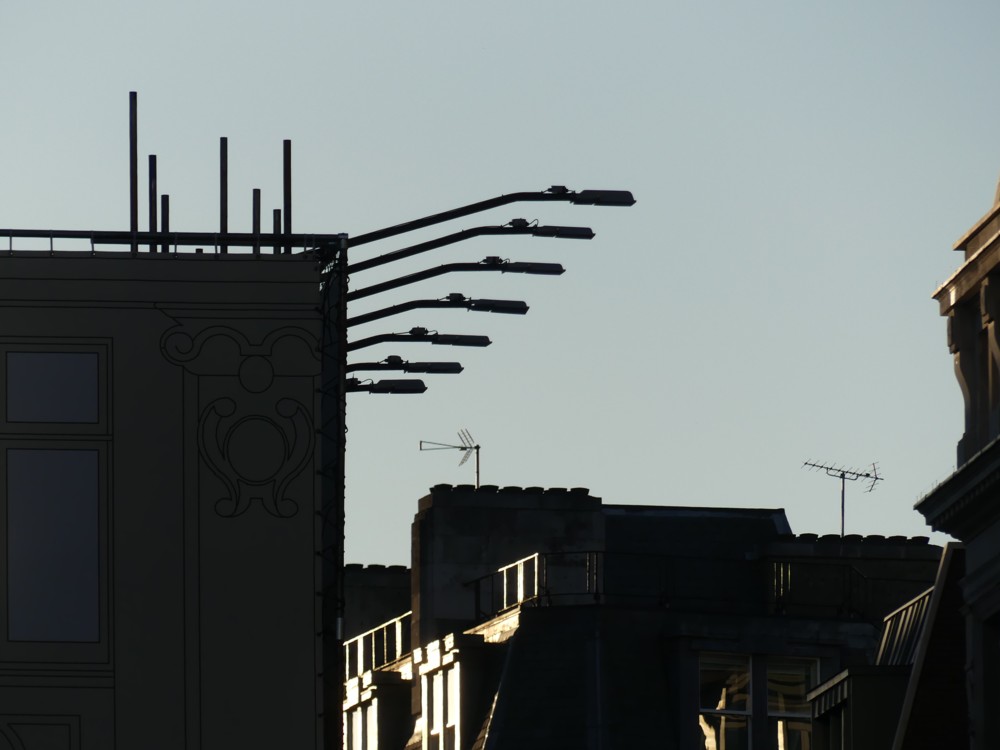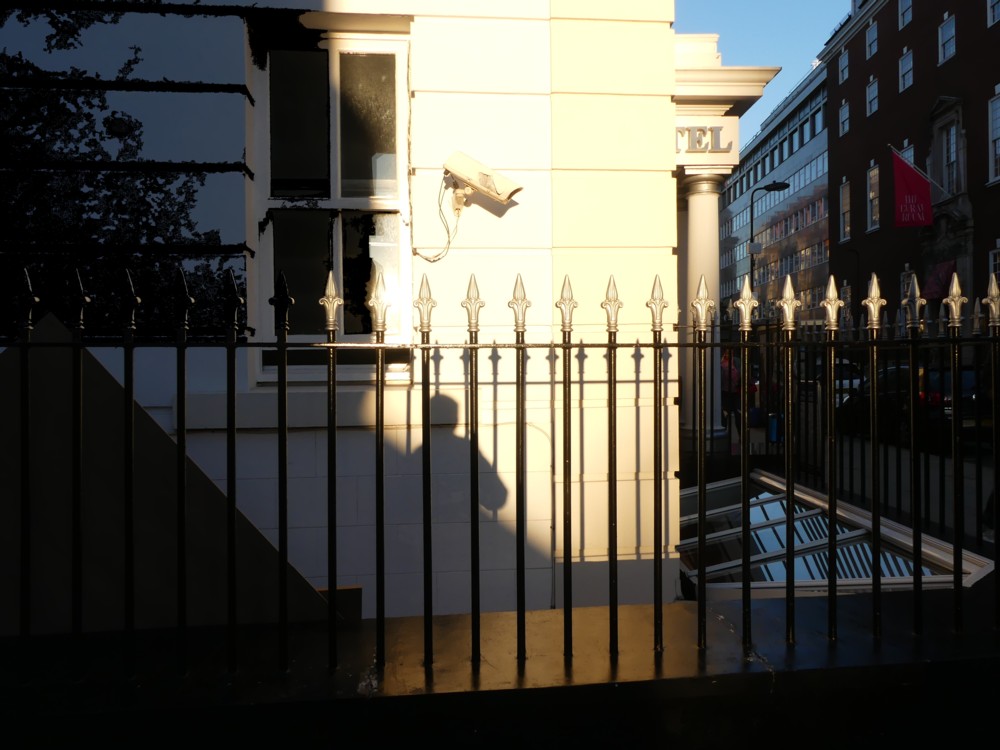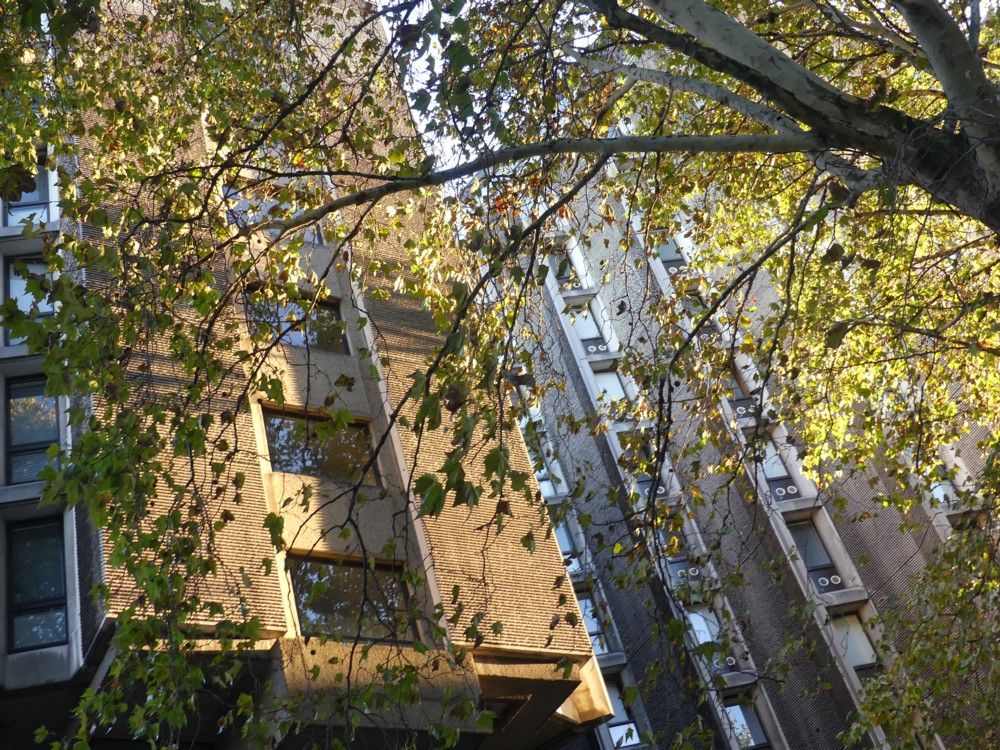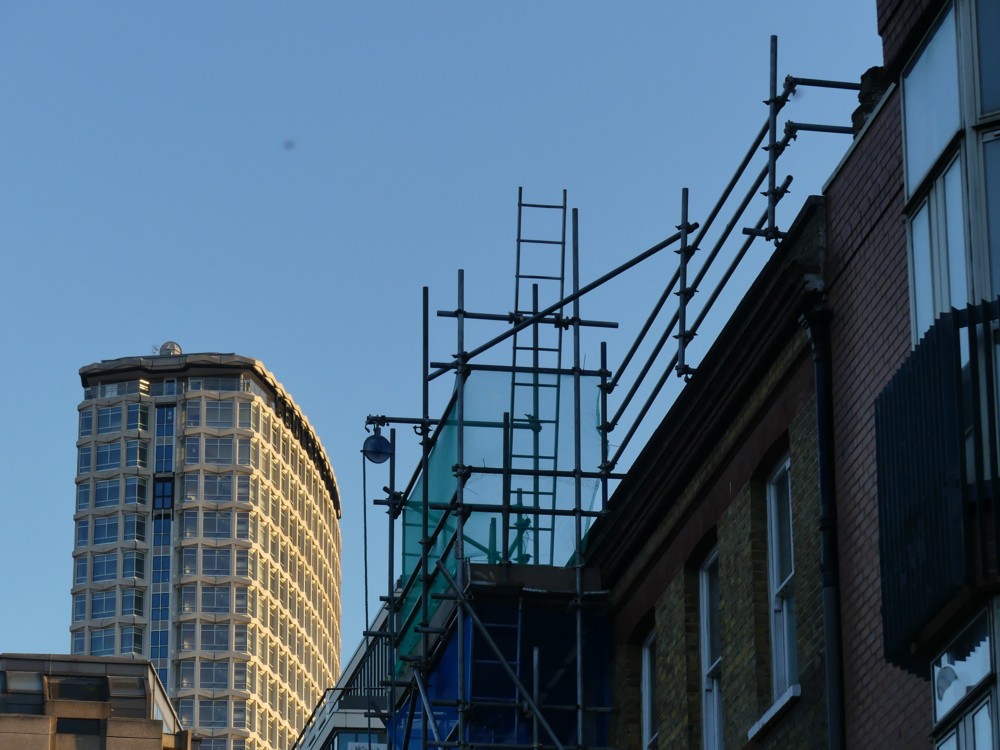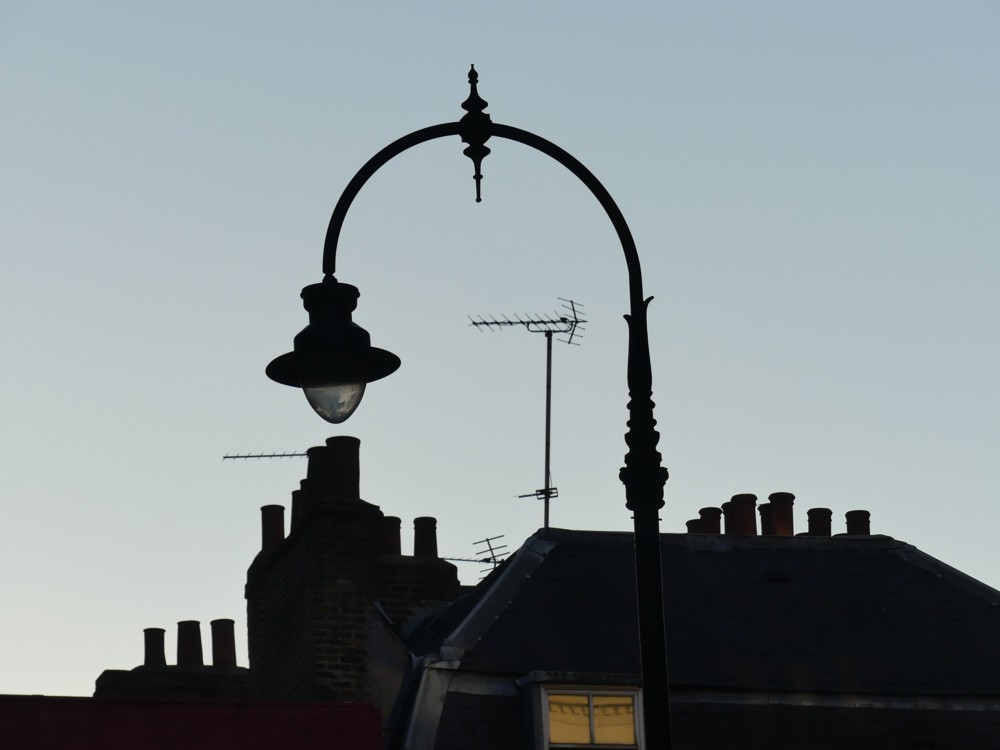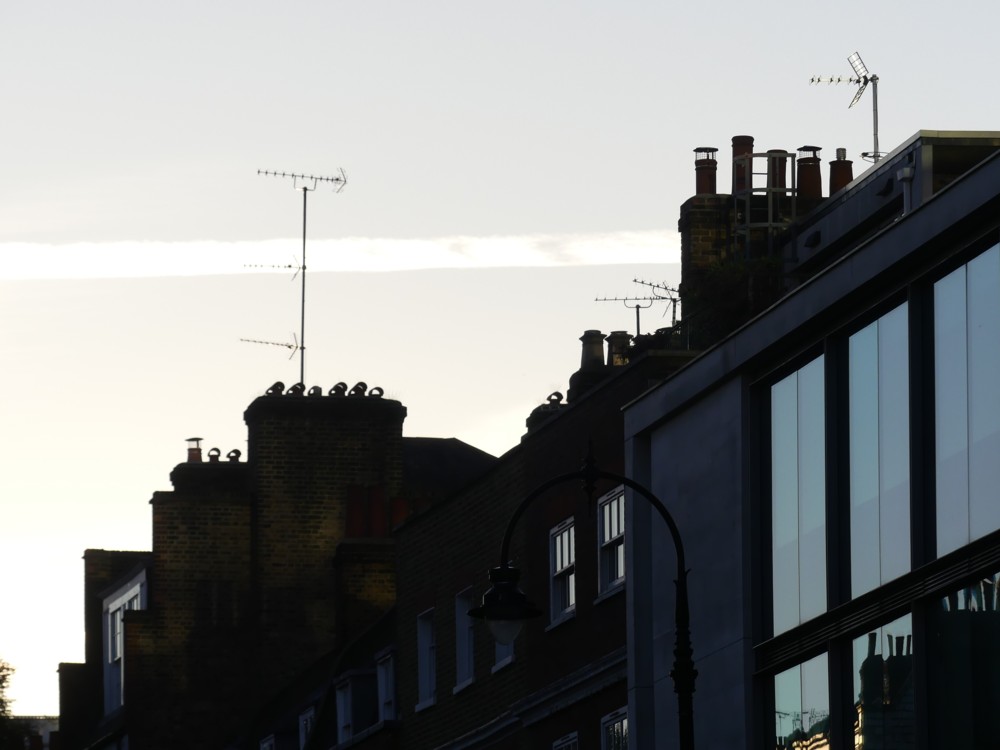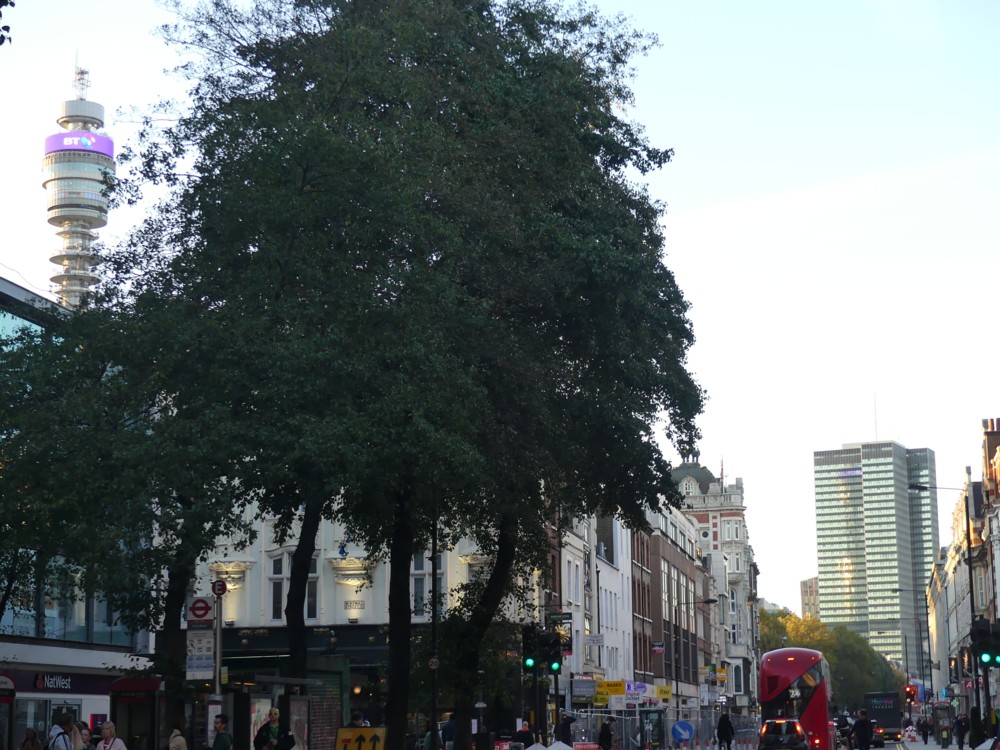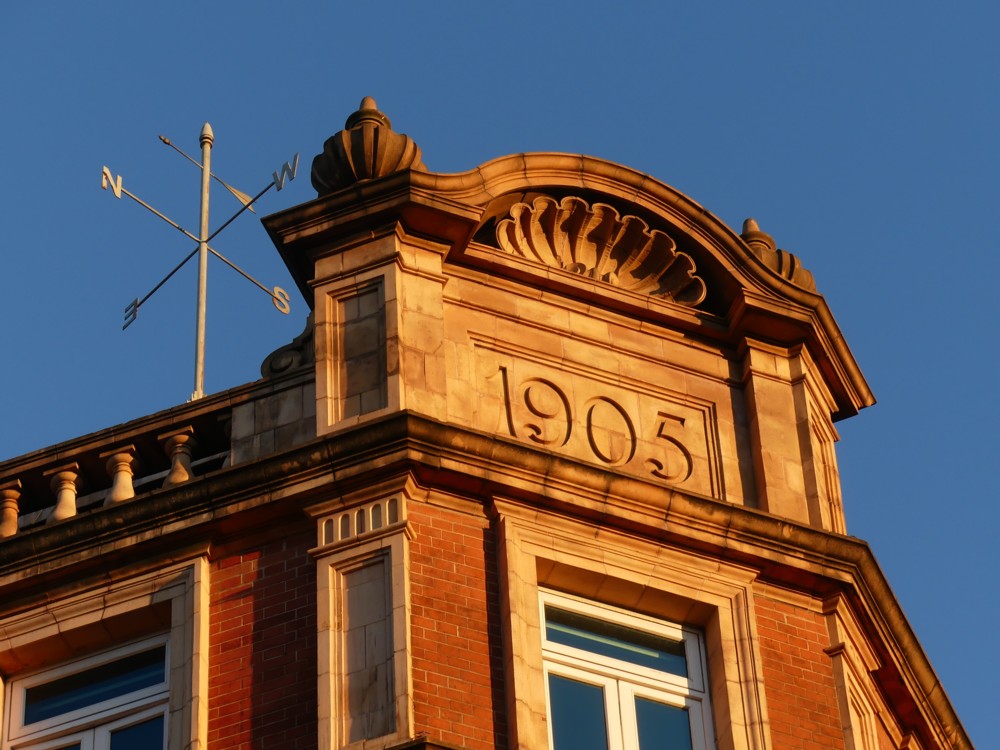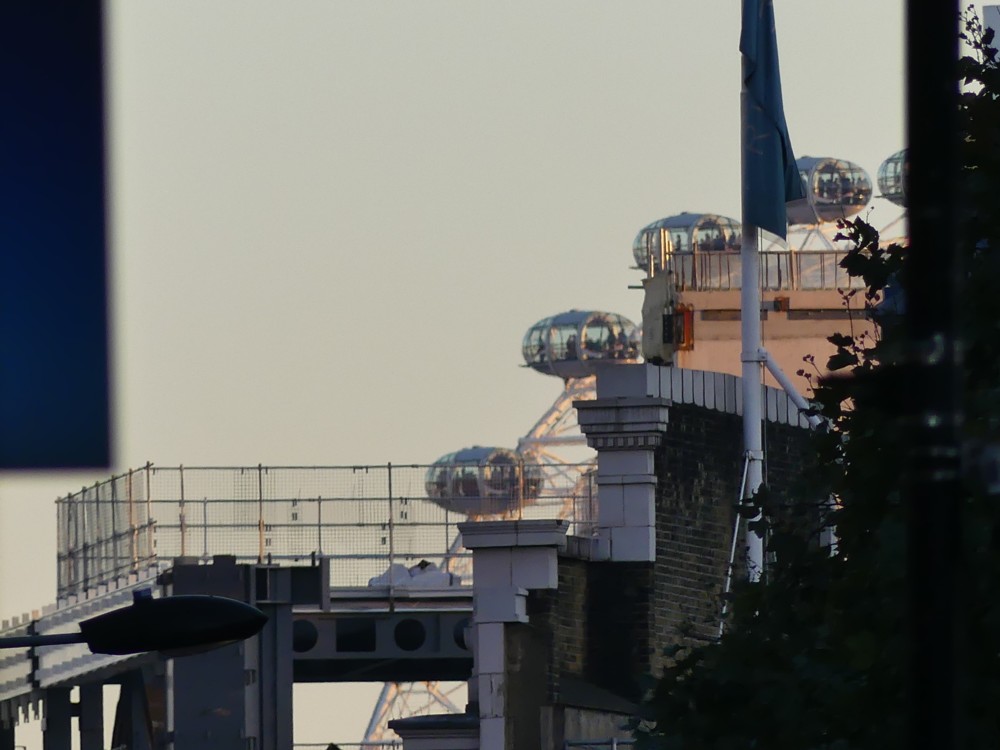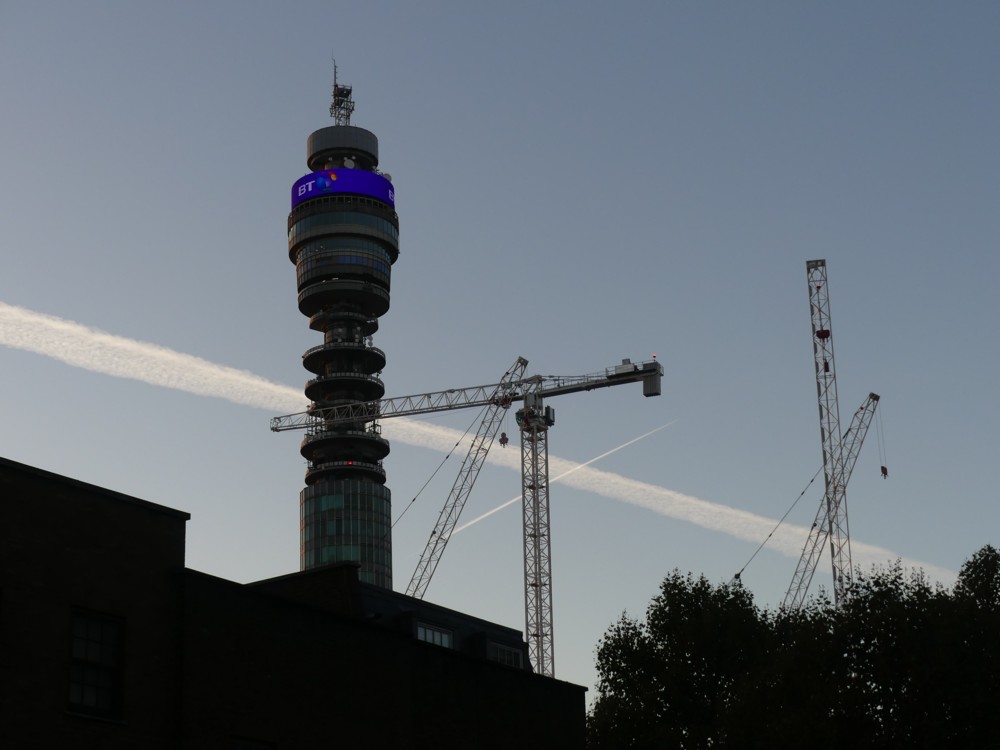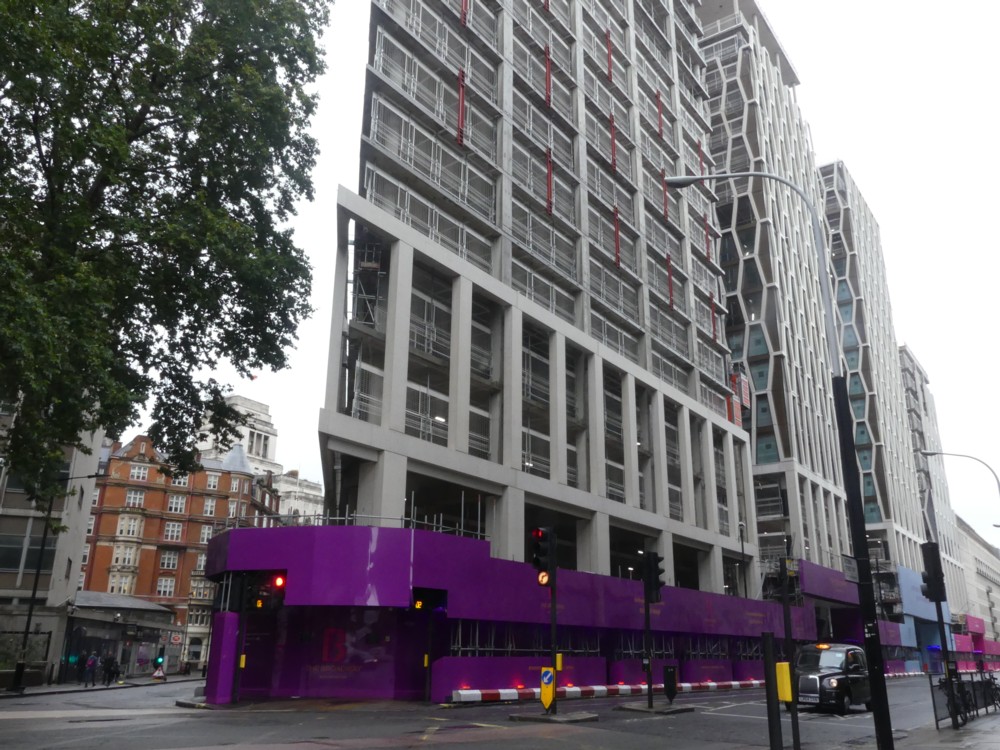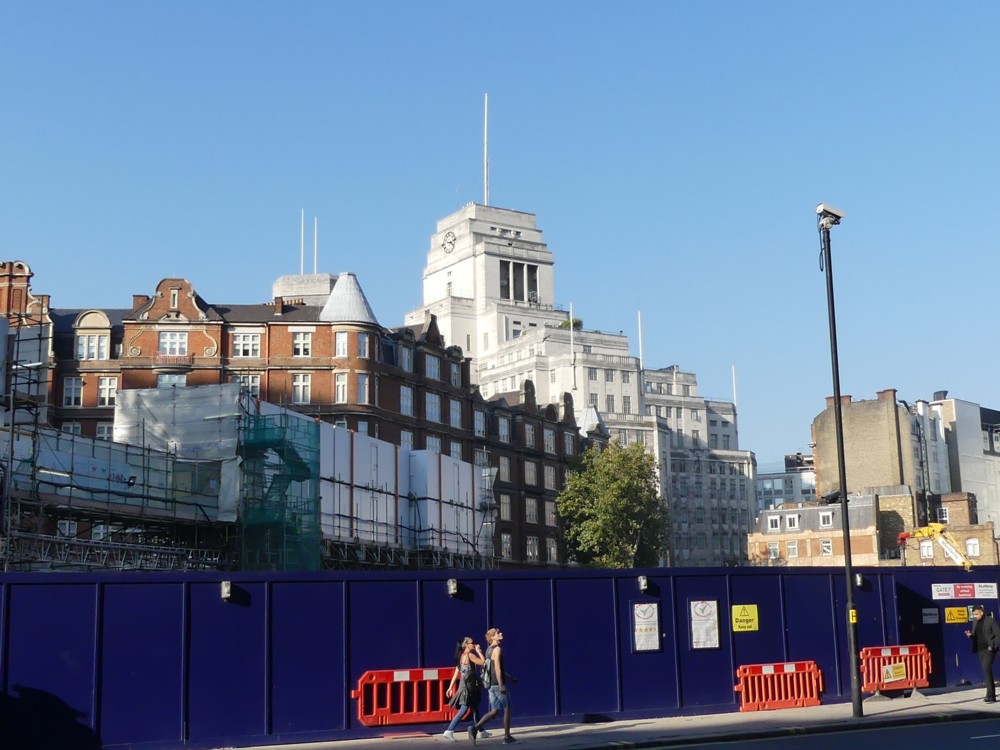Paul Cheshire:
The Planning for the Future white paper tackles one costly feature of the British planning system: its peculiar reliance on case by case, essentially political, decision making for all significant development (see here). Tall office towers are significant developments, so whether or not to permit them is subject to this political process. In Chicago it is straightforward. There are rules. Developers can build as high as they want so long as the location and design are within the rules. Because in London every proposed new office block requires a political decision, getting permission is transformed into a game: an expensive game. Would-be developers can use all their wiles to persuade local and national politicians that their project is desirable.
My recently published research with Gerard Dericks shows that one of the most effective ways to dazzle the planning committee is to employ an architect with an international reputation. …
Above which introductory paragraphs there appears a photo of the Shard, and there follows a description of how and why that got built in the way that it did. It was “starchitecture” basically. Have someone like Renzo Piano on your team, and the politicians feel intimidated.
As regulars here know, I have a deep affection for central London’s recently acquired and extremely eccentric skyline. But I arrived at this opinion despite my understanding of the plutocratic and arbitrary politics that made this skyline happen as it did rather than because of it, or because I just didn’t know or care about this politics.
Cheshire’s description of how and why London’s recent burst of starchitecture happened is informative, and persuasive. But by writing of “its peculiar reliance on case by case, essentially political, decision making for all significant development”, Cheshire implies that this kind of arbitrariness is confined to the central London office space market, to the “significant” sort of architecture. If only. To be fair to Cheshire, if you follow the first link in his quote above, you will learn, if you did not already know it, that he well knows that getting planning permission for anything, no matter how utterly lacking in any sort of significance, anywhere in Britain, can be a nightmare. The basic rule is: There are no rules! The Planning Committee meets, and gives you planning permission or: Not.
In a perfect world, property owners would build whatever they wanted on their own land, subject only to whatever legally binding contracts they had entered into which might restrict that state of affairs.
In practice, politics is politics, and buildings are political. Politicians will politicise all over them, the only variable being: How will they do this? Will the politicians preside over a rule-bound system? Will they tell you beforehand what they will, and will not, allow? Or will the politicians rule by iron whim, where you have absolutely no fucking idea (unless you have photos of them frolicking with under-age girls and/or boys on file) what, on the night of their damn meeting, they will decide, and where any attempt by you to find out beforehand what they’ll accept and what they’ll not accept is deemed the political equivalent of insider trading?
There clearly are some rule-bound building regimes in Britain. You have only to move a little downstream from London’s Big Thing district and you arrive at the Docklands Towers. And you have only to look at these Towers to see that there is no Starchitect Rule in place there. Suddenly, you are in a mini-Chicago, and it is getting ever more like actual Chicago with each passing year. I don’t know what the rules there are exactly, but it would definitely appear that if you want to build a generic vertical box there, go ahead, so long as you follow those rules.
I seldom use words like “fucking” here. (The last time I did this was as a joke, about how another guy was using this word rather a lot.) That I do so in this matter reflects the personal agonies that I and my siblings had to suffer when trying, after our widowed mother had died a few years ago now, to get the best price we could for the ancient-in-a-bad-way house-and-garden in the outer suburbs of London that we all grew up in. Should we try to get planning permission for a clutch of new and smaller dwellings? We tried, we really tried, but, after years of trying: No dice. So I write with feeling about how the Iron Whim of the Politicians rule does not merely apply in central London. In the end, after years of frustration, after quite a bit of squabbling amongst ourselves, and more squabbling with our fucking “neighbours” (who just wanted no more houses next to their fucking houses), we were able to unload the house-plus-garden on some poor fool who did not have our by then hard-earned knowledge of the gambling casino that is Britain’s “planning” system, at a price not far off what we’d have got if we ourselves had got planning permission for some new buildings. So, despite our years of ordeal by planning permission, we were lucky. We got a goodish price, eventually, despite not being a big local property developer. Despite, that is to say, not having the local politicians under our collective thumb.
Boris Johnson makes noises to the effect that he and his government will soon get all this sorted. If by some miracle he could somehow contrive this, this would be a huge win for him, and for the entire country. He’ll have his work cut out, because a large proportion of the offending politicians, and equally crucially of those fucking “neighbours”, are active members of his own party.

